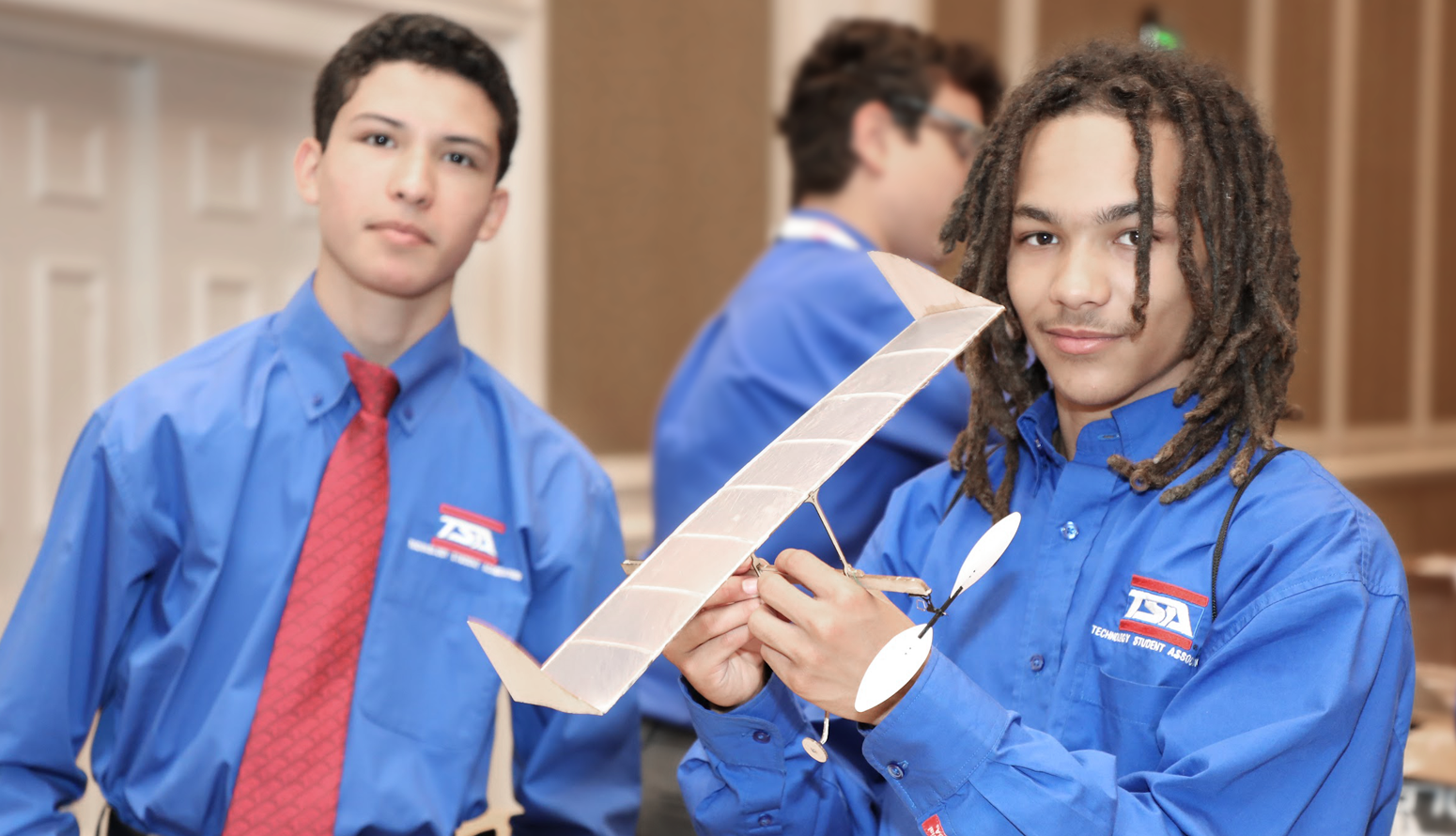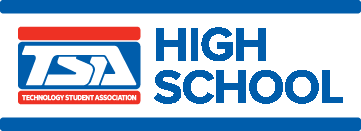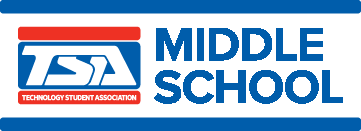Digital Video Production
Participants develop and submit a digital video and a documentation portfolio (including such items as a storyboard, script, summary of references and sources, and equipment list) that reflects the annual theme. Semifinalists participate in an interview.
Dragster Design
Participants design, draw, and construct a CO2-powered dragster that adheres to specifications, design and documentation requirements, and the annual theme. Semifinalists compete in a double-elimination race and participate in an interview.
Drone Challenge (UAV)
Participants design, build, assemble, document, and test fly an open-source Unmanned Arial Vehicle (UAV) according to the stated annual theme/problem specifications. The required documentation portfolio must include elements such as a photographic log, wiring schematics, and a description of the programming software used. Semifinalists participate in an interview.
Engineering Design
Participants develop a solution to an annual theme that is based on a specific challenge noted by the National Academy of Engineering (NAE) in its compilation of the grand challenges for engineering in the 21st century. The solution will include a documentation portfolio, a display, and a model/prototype. Semifinalists deliver a presentation and participate in an interview.
Extemporaneous Speech
Participants select a technology-related or TSA topic from among three topic cards and prepare and give a three-to-five-minute speech that communicates their knowledge of the chosen topic. The quality of the speech determines advancement to the semifinalist level of competition, for which an identical competition procedure is followed to determine finalists.
Fashion Design and Technology
To address the annual theme, participants demonstrate expertise in fashion design principles by creating a wearable garment, garment patterns, and a documentation portfolio. Semifinalist teams present their garment designs (worn by team models), discuss the design process with evaluators, and respond to interview questions.


